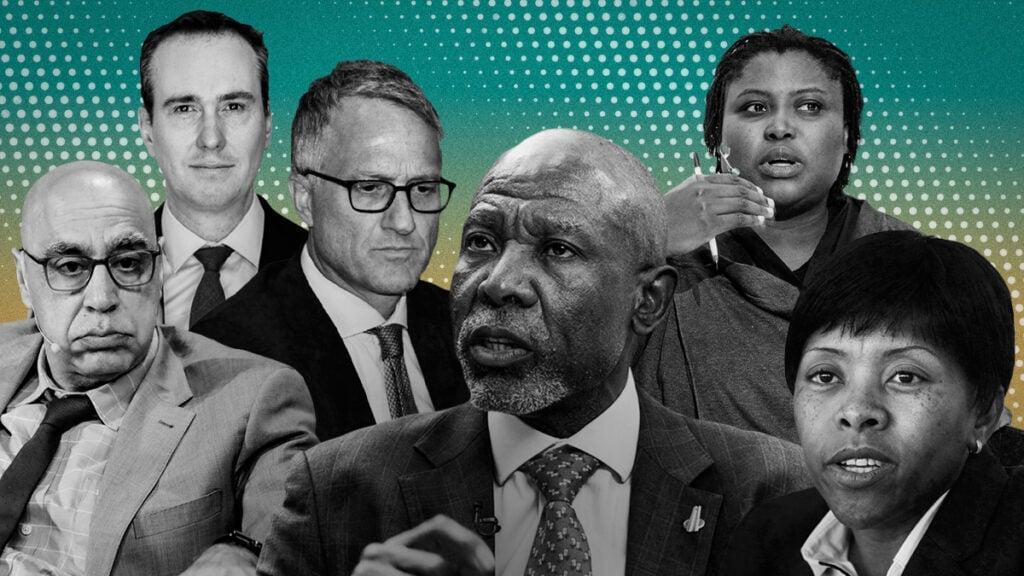Africa-Press – South-Africa. The Reserve Bank’s window to cut interest rates is expected to narrow throughout 2025 as inflation picks up towards the midpoint of its target range.
This leaves it with limited opportunities to cut rates, as, despite inflation being at a four-year low, global uncertainty has rocked financial markets.
South Africa’s headline inflation rate fell to 2.7% in March from 3.2% in February, taking it to the lowest level in four years and below economists’ expectations.
However, the Reserve Bank’s Monetary Policy Committee (MPC) has been clear that it is not only looking at local inflation to guide its decisions but is also keeping a close eye on global events.
With elevated uncertainty impacting financial markets, an interest rate cut could make South African assets vulnerable to an external shock and weaken the rand further.
A weaker rand will make importing goods more expensive, potentially reigniting inflation and pushing the MPC to rapidly undo some of its interest rate cuts.
FNB senior economist Koketso Mano said that subdued inflation should continue to support the containment of inflation expectations.
As price and wage setter expectations align with the Reserve Bank’s longer-term objective, there is less need for restrictive monetary policy, providing space for additional interest rate cuts in the near term, Mano said.
However, the conservative committee may choose to delay the resumption of the cutting cycle as global headwinds unfold.
At this stage, Mano sees higher odds of a premature end to the cutting cycle should developments prove unfavourable.
The Reserve Bank even sees the possibility of potential interest rate hikes should global uncertainty rise further and impact the rand.
Another factor is that the Reserve Bank seems to have concluded that South Africa’s low economic growth is not primarily due to elevated interest rates, but rather structural economic constraints.
This means that cutting rates more aggressively would do very little to stimulate economic growth in the country without significant reform.
However, further interest rate cuts are likely to stimulate spending in the economy and may boost economic growth in the short term.
Inflation expected to rise
South African Reserve Bank Governor Lesetja Kganyago
While the Reserve Bank aims to wait for the impact of global uncertainty on financial markets to play out, it expects local inflation to pick up throughout the rest of the year.
Looking ahead, headline inflation is expected to rise gradually as fuel, food, and other inflation components normalise, the bank said in its latest Monetary Policy Review.
The reversal of the government’s planned VAT increase should provide some relief in this regard, with any increase to the tax expected to push inflation higher.
The Reserve Bank projected an addition of 0.2 percentage points to headline inflation per year from a 0.5 percentage point increase in VAT.
The precise impact of the VAT increases on inflation would have been difficult to predict, however, as it depends on the extent to which sellers pass on the increases to consumers.
Similarly, inflation expectations have eased closer to the target midpoint and may moderate further, supporting a slower rise in services inflation, the bank said.
However, one major concern for the bank is the potential for a disorderly weakening of the rand due to elevated global uncertainty.
And so, while it projects inflation to average 3.6% in 2025, currency weakness may push this higher towards the end of the year.
The trajectory of core inflation is broadly similar to that of headline inflation, although core goods inflation shows a slight target overshoot in 2026 and 2027 on account of currency weakness.
Core inflation aims to strip out highly volatile prices such as energy and food to try to produce a more stable indication of underlying pricing pressures.
This is what the Reserve Bank would look at when it tries to ‘look through’ the impact of a short-term price shock from elevated fuel prices or global uncertainty.
Other domestic risks include administered price increases, such as electricity tariffs, and wage growth in excess of productivity gains.
Risks emanating from the global environment include tariff increases and heightened global uncertainty leading to further currency depreciation.
The graph below shows the Reserve Bank’s projections for inflation over the next three years, with it quickly accelerating back to the midpoint of its target range in 2025.
For More News And Analysis About South-Africa Follow Africa-Press






